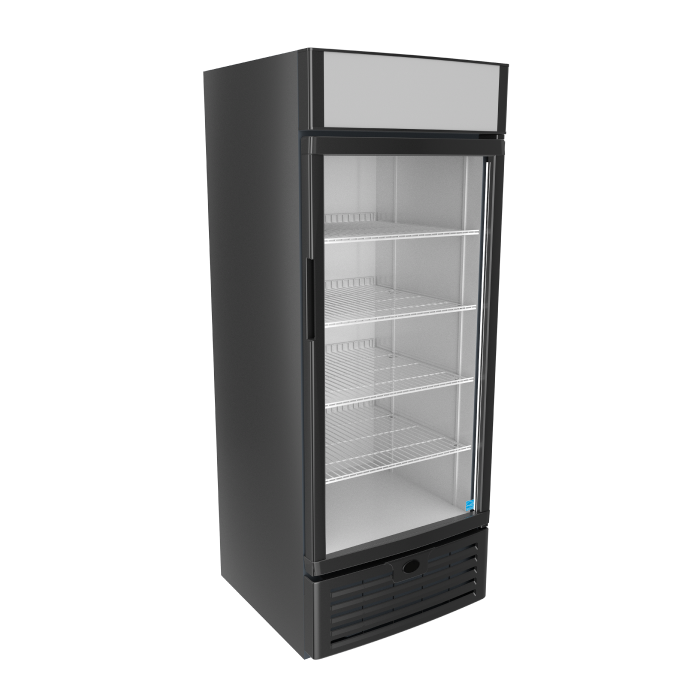Essential Maintenance Tips for Your Cold Cabinet 60Hz

Maintaining a Cold Cabinet 60Hz is crucial for ensuring the longevity and efficiency of your commercial refrigeration unit. Whether you use it to store perishable goods in a restaurant, a bakery, or a retail environment, regular maintenance can prevent costly repairs and ensure your cold cabinet continues to operate at peak performance. In this blog, we will cover essential maintenance tips for your Cold Cabinet, helping you keep it in top condition and extend its lifespan.
Tips to Follow
To keep your Cold Cabinet running efficiently, it’s essential to follow a few maintenance tips. Regularly clean the interior and condenser coils, inspect door seals for any damage, and monitor the temperature settings to ensure they are correct.
1. Regularly Clean the Interior
Why It Matters
Keeping the interior clean is not just about maintaining a neat appearance; it’s also essential for the efficient operation of the unit. Regular cleaning helps prevent the buildup of food particles and spills that can affect the cooling performance and hygiene of the cabinet.
How to Clean the Interior
- Empty the Cabinet: Remove all items from the cabinet and place them in a temporary cold storage if needed.
- Clean Surfaces: Use a mild detergent and warm water to wipe down the shelves, walls, and floor of the cabinet. Avoid abrasive cleaners that could damage the interior surfaces.
- Rinse and Dry: Rinse the surfaces with clean water and dry them thoroughly with a soft cloth to prevent moisture buildup, which can lead to mold growth.
- Check for Spills: Inspect the drip tray for any spills or debris and clean it as necessary.
Example: Cleaning the interior regularly will not only keep the unit running efficiently but also maintain high food safety standards.
2. Check and Clean the Condenser Coils
Importance of Condenser Coils
The condenser coils are a critical component as they dissipate heat from the refrigerant. If these coils are dirty or clogged, the efficiency of your cooling system can decrease, leading to higher energy consumption and potential system failure.
How to Maintain Condenser Coils
- Locate the Coils: The condenser coils are typically located on the back or underneath the unit.
- Clean the Coils: Use a vacuum cleaner with a brush attachment to gently remove dust and debris from the coils. For stubborn dirt, use a coil cleaning brush or compressed air.
- Inspect for Damage: Check for any visible signs of damage or corrosion and address these issues promptly.
Example: Keeping the condenser coils clean is a simple but essential task for maintaining the efficiency.
3. Inspect the Door Seals
Why Door Seals Matter
Door seals, or gaskets, are vital for maintaining the internal temperature of your Cold Cabinet 60Hz. Worn or damaged door seals can cause cool air to escape, leading to increased energy consumption and inconsistent temperatures.
How to Inspect and Maintain Door Seals
- Visual Inspection: Check the door seals for any cracks, tears, or signs of wear.
- Clean the Seals: Wipe the seals with a mild detergent and warm water to remove any debris.
- Test the Seals: Close the door on a piece of paper and try to pull the paper out. If it slips out easily, the seals may need to be replaced.
- Replace Damaged Seals: If you find damage, order new door gaskets from the manufacturer and follow the installation instructions.
Example: Regularly inspecting and maintaining the door seals will help keep the internal temperature stable and reduce energy costs.
4. Monitor Temperature Regularly
Why Temperature Monitoring is Crucial
Maintaining the correct temperature is essential for the effective operation. Deviations from the recommended temperature range can lead to food spoilage and affect the quality of stored goods.
How to Monitor Temperature
- Use a Thermometer: Invest in a reliable thermometer to regularly check the internal temperature of the cabinet.
- Adjust Settings: If the temperature is too high or too low, adjust the thermostat settings accordingly. Consult the user manual for recommended temperature ranges for different types of products.
- Check for Fluctuations: Regularly review the temperature readings to ensure there are no significant fluctuations that could indicate a problem with the refrigeration system.
5. Ensure Proper Airflow
Importance of Airflow
Proper airflow around is necessary for effective cooling. Blocked vents or improper placement can lead to inefficient cooling and increased energy consumption.
How to Maintain Proper Airflow
- Check Ventilation: Make sure that the vents at the back or sides of the cabinet are not obstructed by objects or debris.
- Allow Space for Airflow: Ensure that there is adequate space around the unit for air to circulate. Follow the manufacturer’s recommendations for clearance around the cabinet.
Example: Ensuring proper airflow will help maintain optimal cooling performance and efficiency.
Essential Maintenance Tips
Maintaining your Cold Cabinet 60Hz involves a combination of regular cleaning, component checks, and professional inspections. By following these essential maintenance tips, you can ensure that your cold cabinet operates efficiently and effectively, providing reliable refrigeration for your commercial needs. Regular care and attention to detail will help you avoid costly repairs, extend the lifespan of your equipment, and maintain high standards of food safety and product quality.





